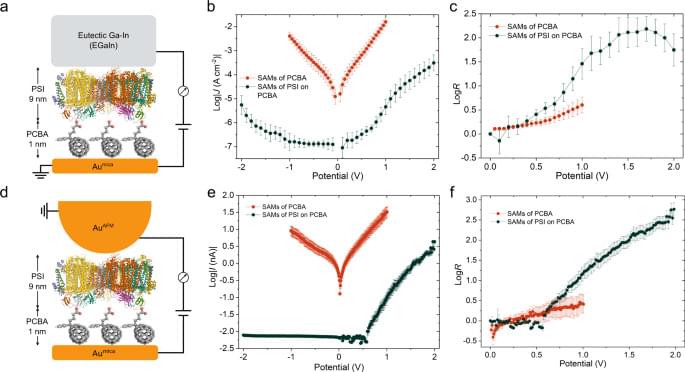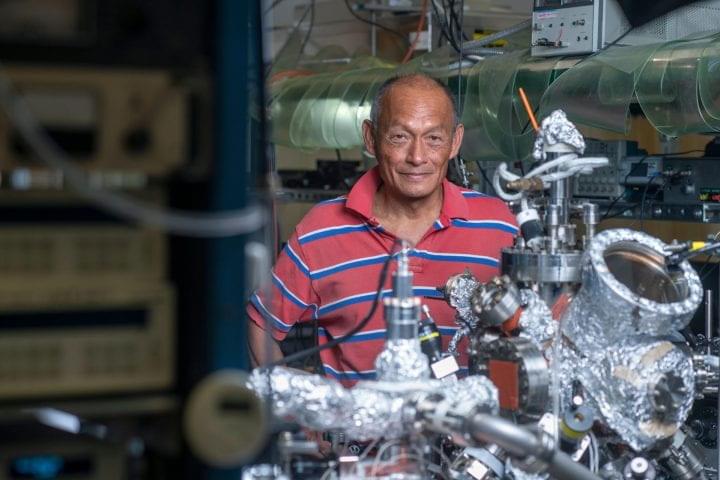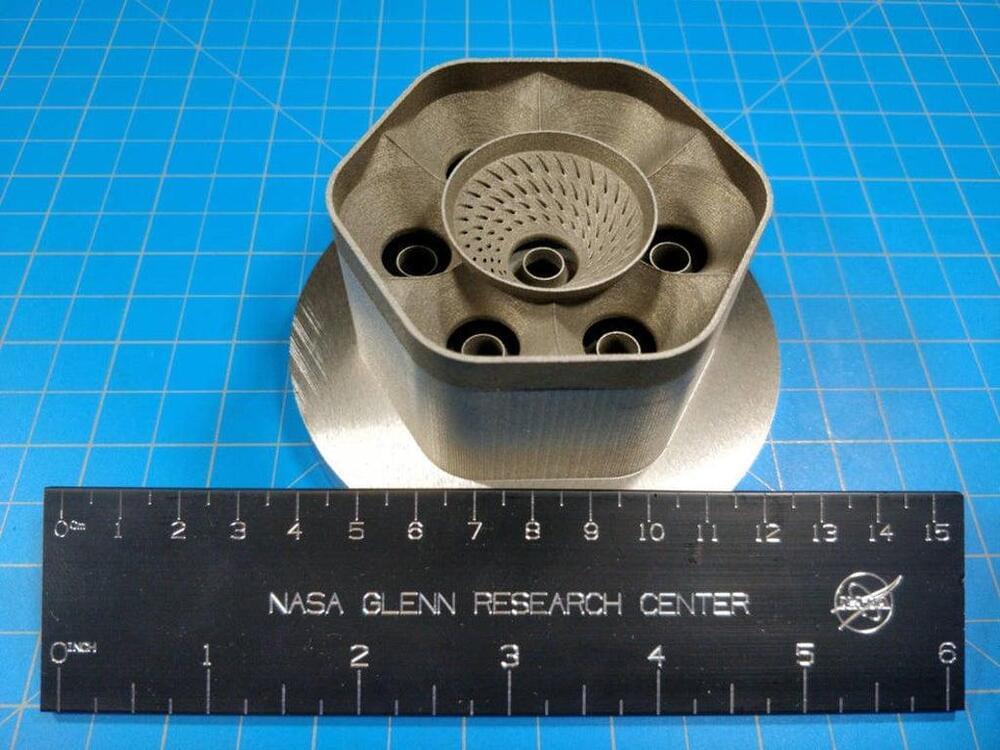Most craters are circular in shape due to material ejecting out in all directions as a result of an impact. Below is a group of impact craters in Noachis Terra, a large region in Mars’ southern hemisphere. These are all classified as simple craters, which are small bowl-shaped, smooth-walled craters.
Complex craters, on the other hand, are large craters with complicated features, such as terraces, central peaks, and rims and walls their own features. Oblong craters, like the one in the lead image — which is also located in Noachis Terra — can sometimes be created by impacts striking the surface at a very low grazing angle.







